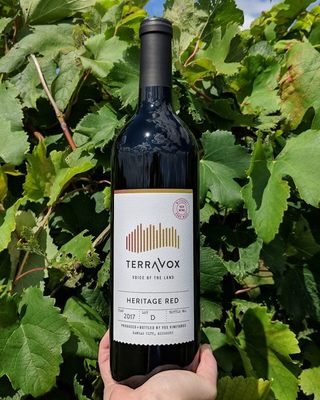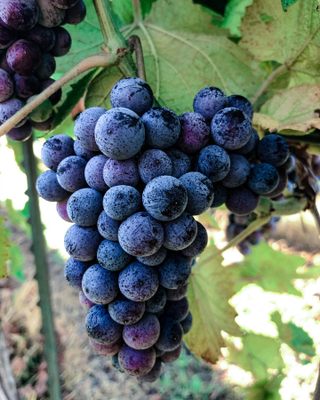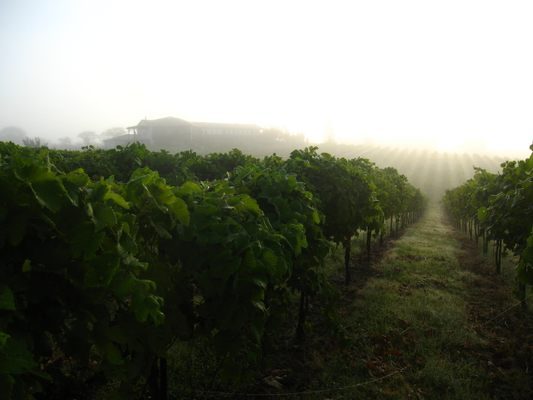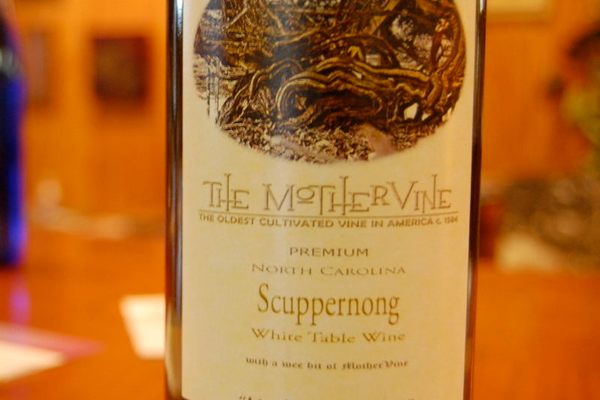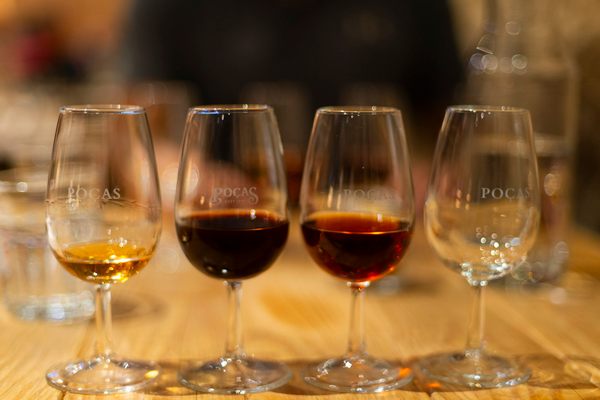About
The vast majority of the world's vineyards grow vitis vinifera grapes, a species that hails from Europe. This includes the six "noble" grapes that dominate upscale winemaking: cabernet sauvignon, merlot, pinot noir, chardonnay, sauvignon blanc, and riesling. But at TerraVox, every wine is made with grapes native to the Americas, a trait so rare that founder Jerry Eisterhold describes his business as more of a museum than a winery.
It's fitting that this innovative, all-American winery is in Missouri, which is one of the cradles of American winemaking. Eisterhold grew up nearby, in an area where making wine is "kind of mandatory." His winemaking went from a hobby to a mission after he discovered a book by T.V. Munson (1843-1913), a viticulturist who, in addition to saving the European wine industry from the Great Wine Blight, bred and cultivated American grapes and European-American hybrids for winemaking.
For centuries, winemakers have dismissed American grapes as having a "foxy" flavor when made into wine. Even Thomas Jefferson, who championed North America's fruits and veggies, dreamed of growing vitis vinifera grapes at Monticello. But Munson's book described countless American wine grapes and hybrids—Cloeta and Norton and Ellen Scott—that Americans grew and imbibed until Prohibition. It also noted that only a fraction of those came from the family of grapes known for that infamous foxy flavor.
Inspired by Munson’s work, Eisterhold spent more than a decade tracking down vine cuttings, then a decade more experimenting with the grapes and making wine. At TerraVox, those wines are now for sale, their flavors available literally nowhere else in the world. Meanwhile, Eisterhold continues to improve the cultivation of his heritage grapes while evangelizing the return of truly American wine.
Related Tags
Know Before You Go
The winery has a tasting room and ships bottles across much of the United States, so if you're not able to visit, check the order form on the TerraVox website.
Community Contributors
Added By
Published
March 8, 2022
